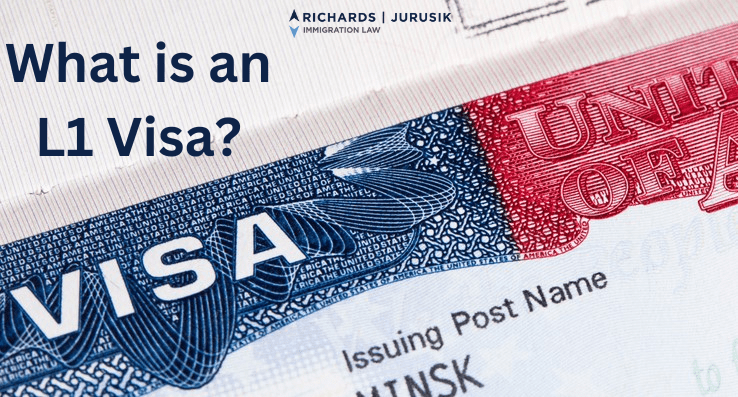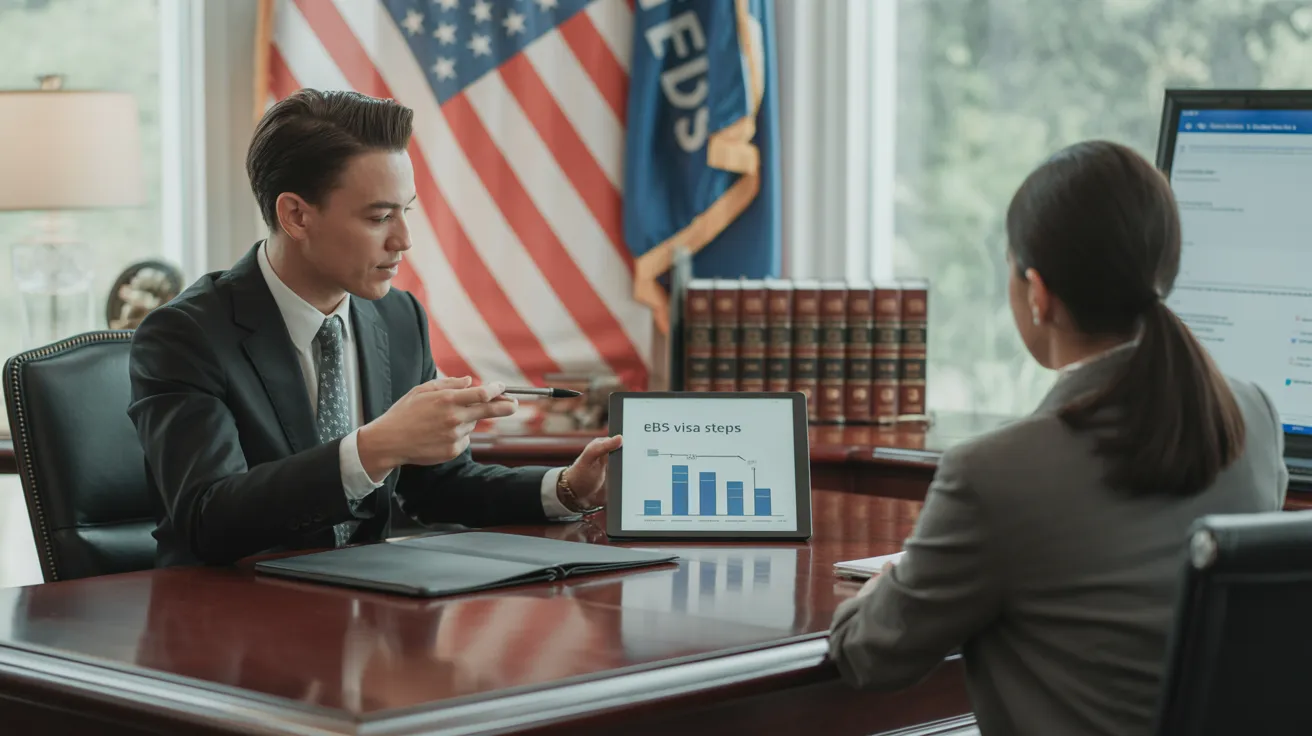L1 Visa Process
L1 Visa Fundamentals Explained
Table of ContentsLittle Known Facts About L1 Visa.L1 Visa Can Be Fun For EveryoneThe Basic Principles Of L1 Visa The 3-Minute Rule for L1 VisaThe Buzz on L1 Visa10 Simple Techniques For L1 Visa
Offered from ProQuest Dissertations & Theses Global; Social Scientific Research Premium Collection. (2074816399). (PDF). Congress. (PDF). DHS Office of the Inspector General. (PDF). (PDF). "Nonimmigrant Visa Data". Recovered 2023-03-26. Department of Homeland Protection Workplace of the Assessor General, "Evaluation of Vulnerabilities and Prospective Abuses of the L-1 Visa Program," "A Mainframe-Size Visa Loophole".
United State Division of State. Gotten 22 August 2016. "Workers paid $1.21 an hour to install Fremont tech business's computer systems". The Mercury Information. 2014-10-22. Obtained 2023-02-08. Costa, Daniel (November 11, 2014). "Obscure temporary visas for foreign tech workers dispirit salaries". Capital. Tamen, Joan Fleischer (August 10, 2013). "Visa Owners Replace Workers".
The Definitive Guide to L1 Visa
In order to be eligible for the L-1 visa, the foreign business abroad where the Beneficiary was utilized and the U.S. firm have to have a certifying partnership at the time of the transfer. The various kinds of certifying partnerships are: 1. Parent-Subsidiary: The Moms and dad implies a company, corporation, or various other lawful entity which has subsidiaries that it owns and regulates."Subsidiary" indicates a company, firm, or other lawful entity of which a parent has, straight or indirectly, even more than 50% of the entity, OR has much less than 50% yet has monitoring control of the entity.
Firm A has 100% of the shares of Firm B.Company A is the Parent and Firm B is a subsidiary. There is a qualifying partnership between the 2 firms and Business B ought to be able to sponsor the Recipient.
Example 2: Business A is incorporated in the U - L1 Visa.S. and wants to seek the Recipient. Business B is included in Indonesia and uses the Recipient. Company An owns 40% of Business B. The staying 60% is possessed and controlled by Company C, which has no relationship to Firm A.Since Business A and B do not have a parent-subsidiary partnership, Company A can not fund the Recipient for L-1.
Company An owns 40% of Company B. The staying 60% is possessed by Company C, which has no relation to Business A. However, Business A, by formal contract, controls and complete takes care of Business B.Since Firm A has less than 50% of Firm B yet handles and manages the firm, there is a qualifying parent-subsidiary partnership and Firm A can fund the Beneficiary for L-1.
L1 Visa - An Overview
Associate: An associate is 1 of 2 subsidiaries thar are both owned and controlled by the very same parent or individual, or owned and regulated by the very same group of individuals, in essentially the exact same proportions. a. Instance 1: Business A is integrated in Ghana and employs the Beneficiary. Business B is included in the united state
Firm C, additionally integrated in Ghana, has 100% of Business A and 100% of Firm B.Therefore, Company A and Company B are "affiliates" or sister companies and a certifying connection exists in between the 2 business. Company B ought to have the ability to sponsor the Recipient. b. Instance 2: Business A is included in the U.S.
Business A is 60% possessed by Mrs. Smith, 20% possessed by Mr. Doe, and 20% possessed by Ms. Brown. Firm B is included in Colombia and presently uses the Beneficiary. Business B is 65% possessed by Mrs. Smith, 15% owned by Mr. Doe, and 20% possessed by Ms. Brown. Firm A and Business L1 Visa attorney B are affiliates and have a certifying relationship in 2 different methods: Mrs.
The L-1 visa is an employment-based visa group developed by Congress in 1970, allowing multinational companies to move their managers, executives, or key workers to their united state operations. It is commonly described as the intracompany transferee visa. There are two major types of L-1 visas: L-1A and L-1B. These kinds appropriate for workers employed in various placements within a business.

Furthermore, the recipient must have functioned in a managerial, executive, or specialized employee setting for one year within the three years preceding the L-1A application in the foreign business. For brand-new workplace applications, foreign work should have remained in a supervisory or executive capacity if the beneficiary is coming to the United States to work as a supervisor or executive.
A Biased View of L1 Visa

If approved for an U.S. business operational for more than one year, the preliminary L-1B visa is for approximately 3 years and can be extended for an added two years (L1 Visa). On the other hand, if the united state business is newly established or has actually been operational for much less than one year, the initial L-1B visa is provided for one year, with expansions offered in two-year increments
The L-1 visa is an employment-based visa category established by Congress in 1970, permitting multinational companies to move their managers, execs, or crucial workers to their united state operations. It is typically contact us referred to as the intracompany transferee visa. There are 2 main types of L-1 visas: L-1A and L-1B. These types are ideal for workers worked with in various settings within a business.
Some Known Factual Statements About L1 Visa
Additionally, the recipient must have operated in a managerial, executive, or specialized staff member position for one year within the three years coming before the L-1A application in the international business. For new office applications, foreign work should have remained in a managerial or executive get started capability if the beneficiary is concerning the USA to function as a manager or executive.
for approximately 7 years to look after the procedures of the U.S. associate as an executive or supervisor. If provided for a united state business that has been operational for greater than one year, the L-1A visa is at first approved for up to three years and can be prolonged in two-year increments.
If granted for an U.S. company functional for even more than one year, the initial L-1B visa is for up to 3 years and can be prolonged for an extra 2 years. Alternatively, if the united state company is newly developed or has actually been functional for less than one year, the preliminary L-1B visa is released for one year, with extensions available in two-year increments.